Into the Heart of the Wild
Stories of Nature's Marvels.
Step into a world where survival is an art, and every creature plays a role in the delicate balance of ecosystems. Discover the beauty, strength, and resilience of wildlife as they navigate their untamed habitats.

The Serval: The Master of Precision
In the open savannas and wetlands of Africa, the serval, a medium-sized wild cat, is known for its extraordinary hunting techniques. With its sleek, spotted coat and large ears, it blends seamlessly into the tall grasses. What makes the serval truly remarkable, however, is its ability to leap up to 3 meters into the air to catch prey mid-flight. This cat is a specialist, relying on its acute hearing to detect even the slightest rustle of a rodent underground.
Read More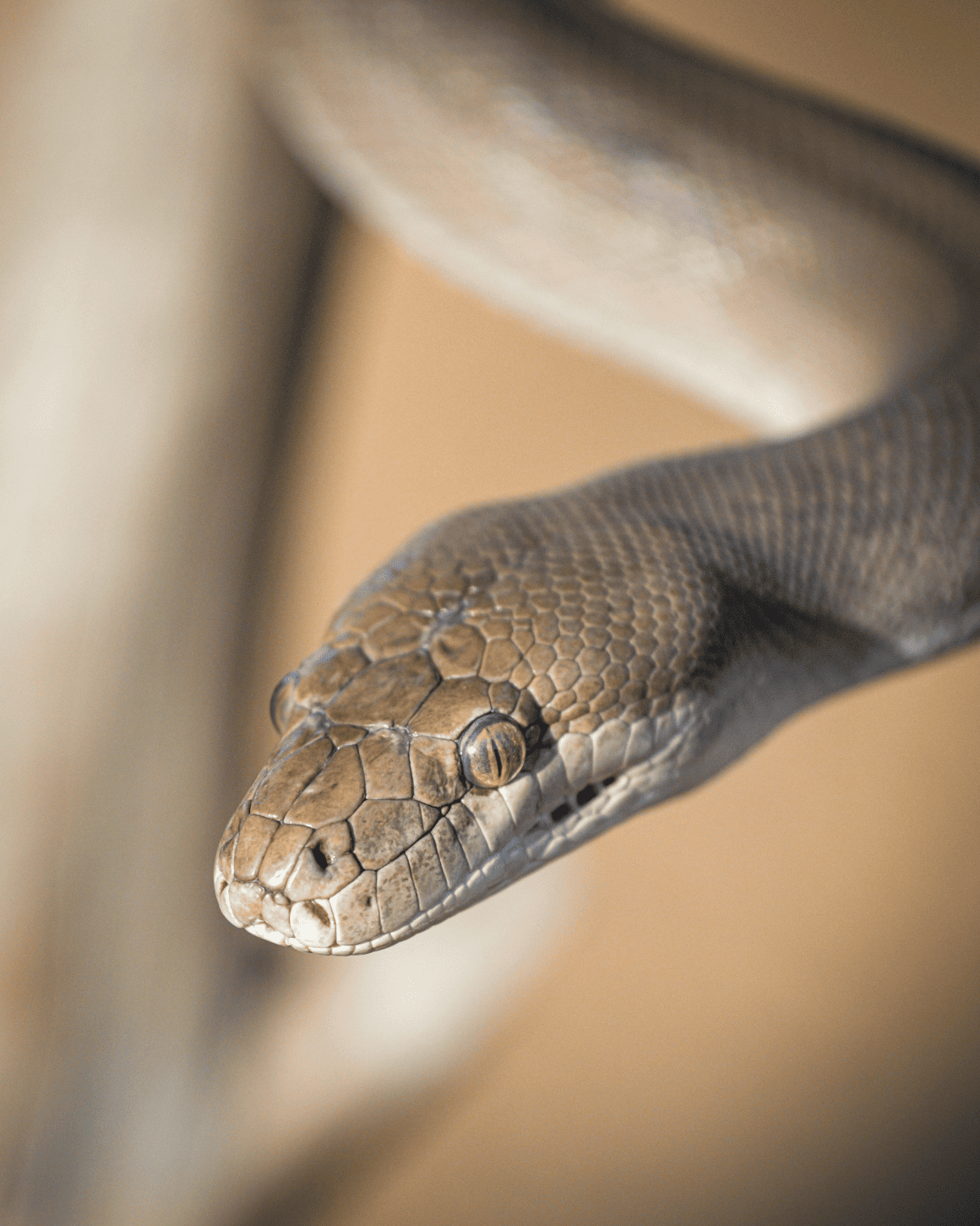
The Olive Python: Silent River Predator
Deep in the rivers and wetlands of northern Australia, the olive python silently rules as an apex predator. Growing up to 4 meters in length, it is one of the largest snakes on the continent. Unlike venomous snakes, the olive python relies on its immense strength, coiling around its prey to suffocate it. What sets this snake apart, however, is its adaptability to a wide range of prey, including large animals like wallabies and even crocodiles.
Read More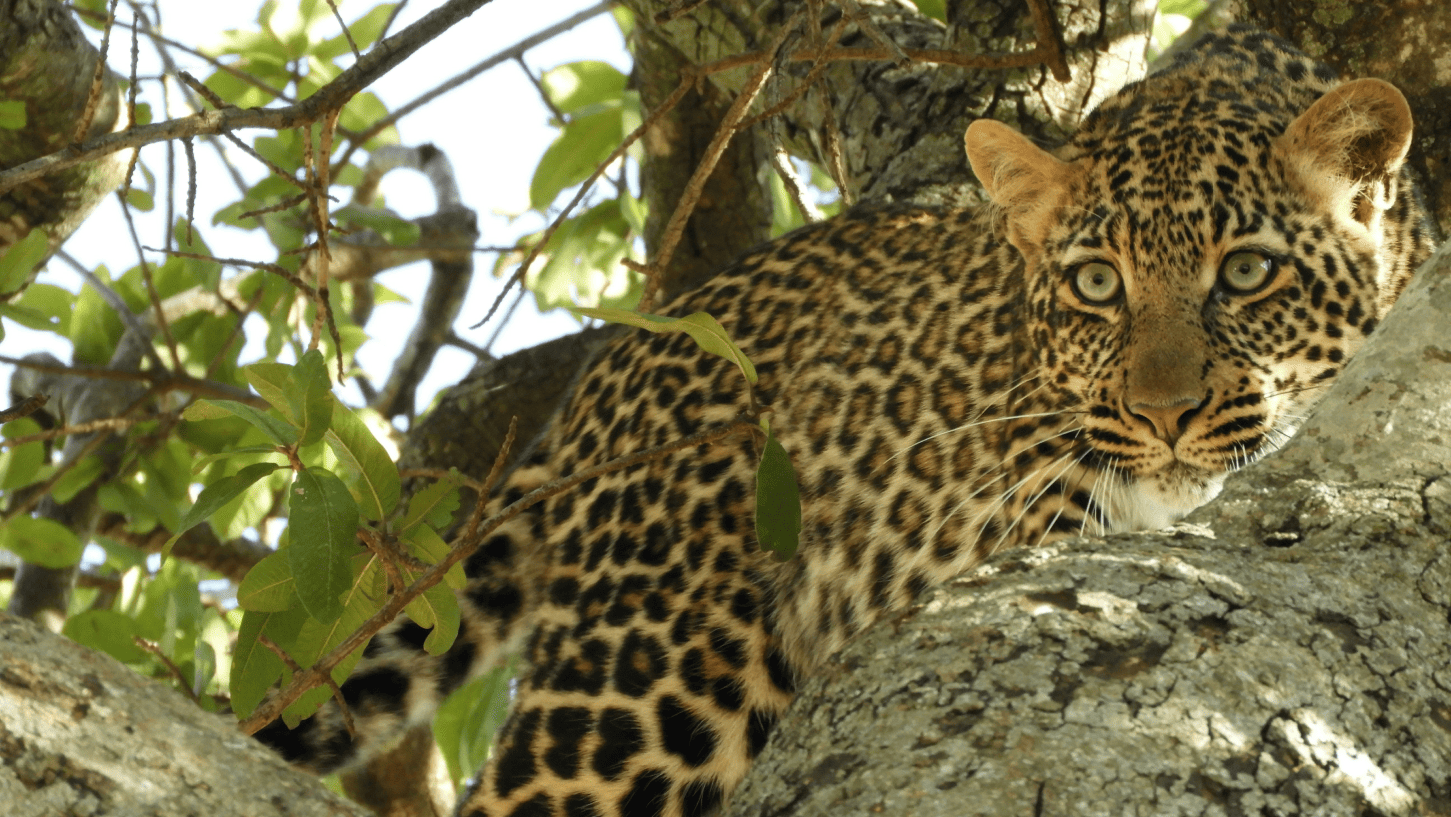
The Leopard: A Shadow in the Night
Leopards, often called the “ghosts of the jungle,” are renowned for their stealth and adaptability. Found across Africa and parts of Asia, these solitary big cats are masters of survival. Their spotted coats allow them to blend effortlessly into dense forests, rocky outcrops, and savannas, making them nearly invisible to both prey and potential threats.
Read More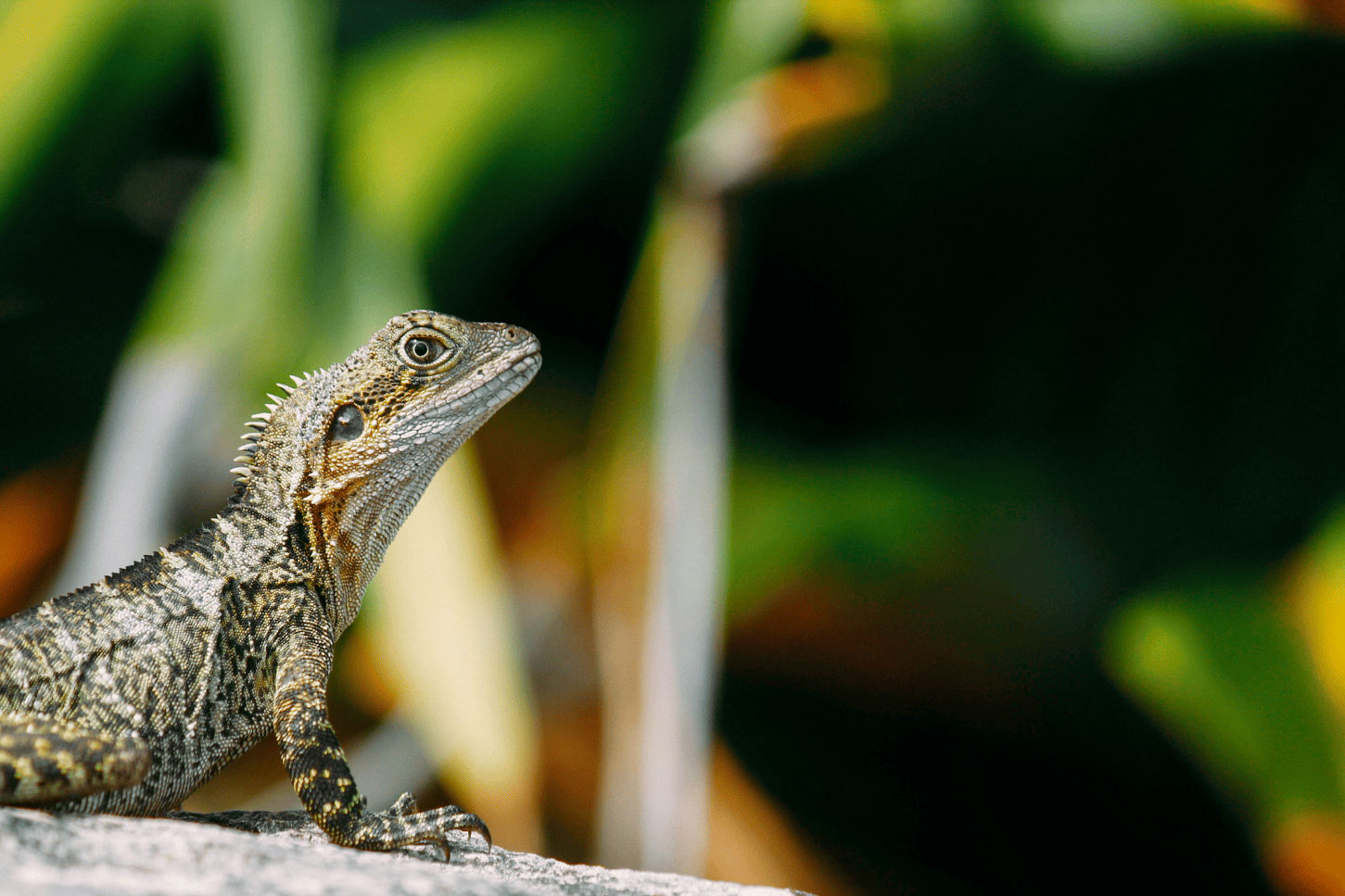
The Australian Water Dragon: A Survivor of Two Worlds
The Australian water dragon, with its striking green and brown scales and long, powerful tail, is a reptile that thrives both on land and in water. Found along the eastern coast of Australia, it is often seen basking on riverbanks or darting into streams to escape predators. These dragons are exceptional swimmers, capable of holding their breath underwater for up to 90 minutes.
Read More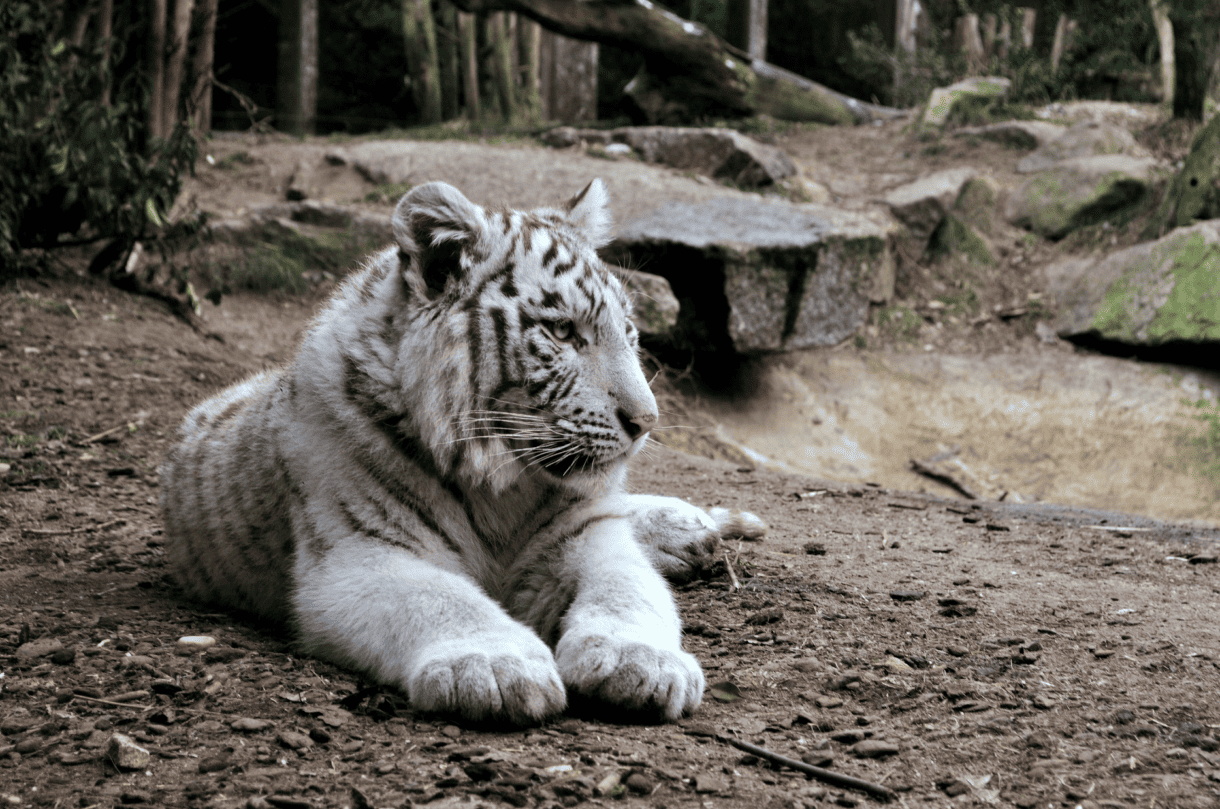
The White Tiger: A Rare Ghost of the Forest
White tigers, with their striking white coats and piercing blue eyes, are among the rarest animals in the world. These majestic creatures are not a separate species but rather a genetic variation of Bengal tigers. Found mostly in captivity today, they were once sighted in the wild forests of India. Their rarity made them symbols of power and mysticism in ancient Indian folklore.
Read More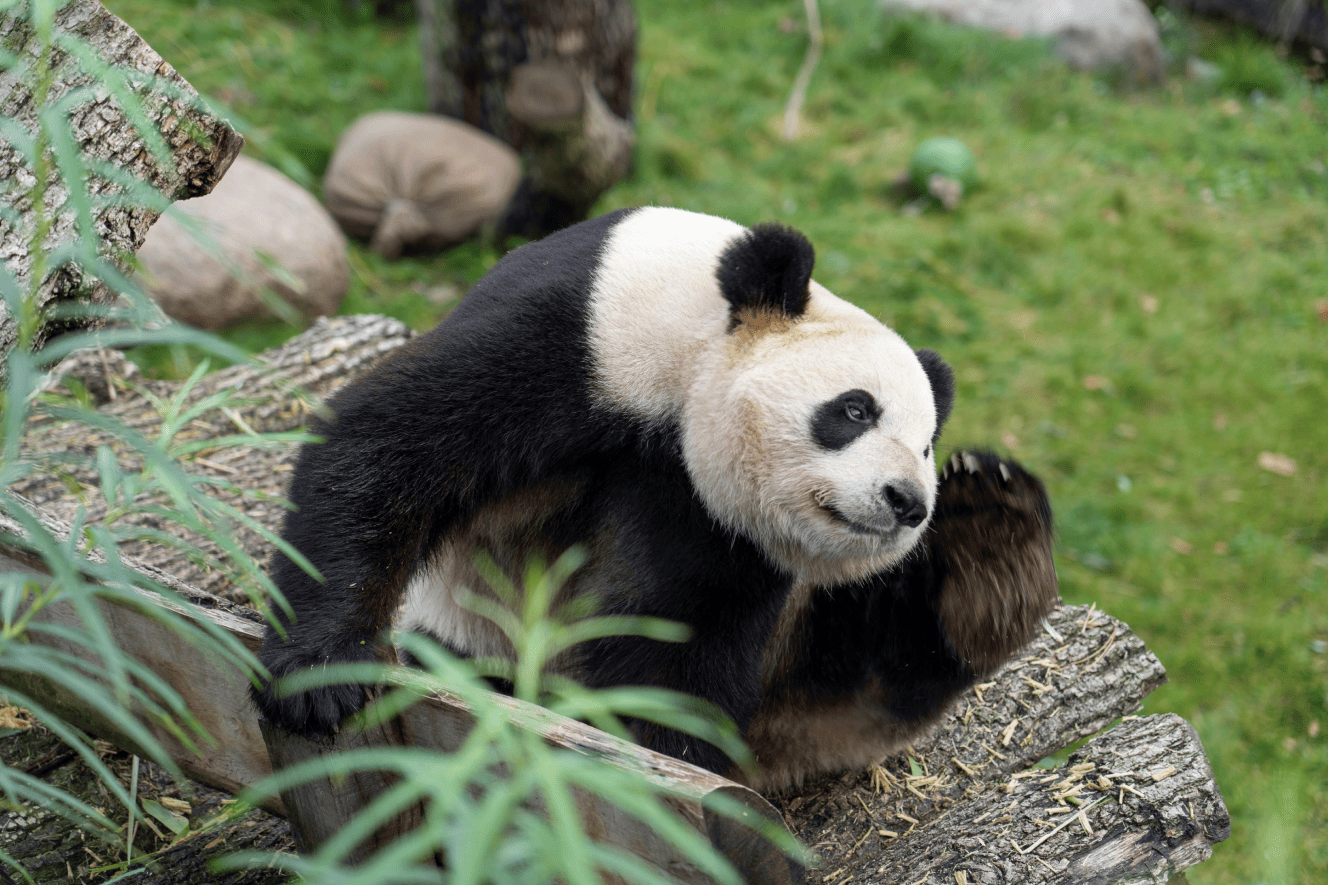
The Giant Panda: Nature’s Gentle Giant
Deep in the misty bamboo forests of China, the giant panda is a symbol of peace and resilience. Despite its reputation as a shy and solitary animal, pandas are surprisingly playful and curious. Their diet consists almost entirely of bamboo, but they have been known to eat small animals and fish when necessary.
Read More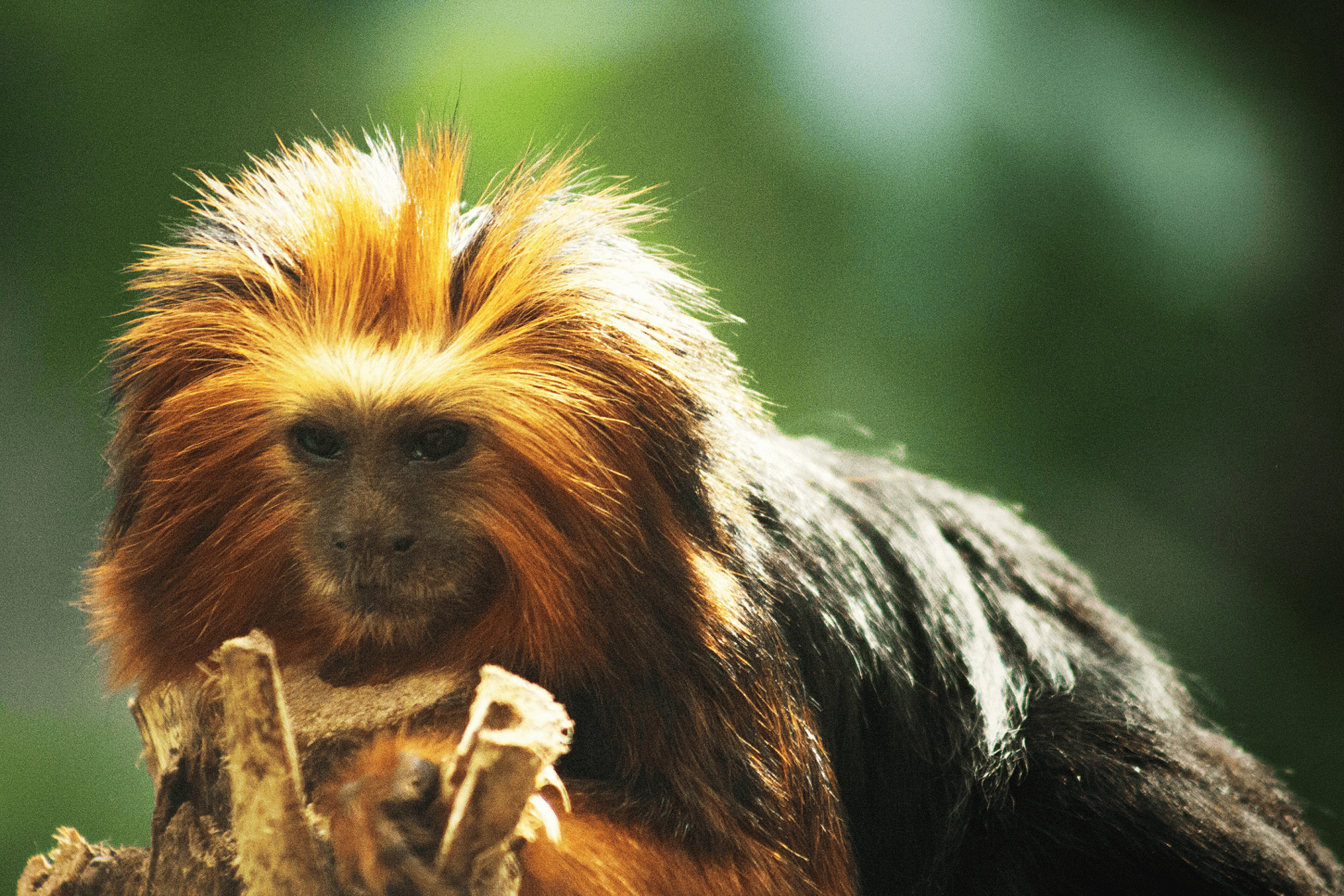
The Emperor Tamarin: A Tiny Monarch
The emperor tamarin, with its distinctive long white mustache, looks like a miniature monarch ruling the treetops of South America’s rainforests. Despite their small size, these primates are highly social and live in groups of up to 15 members. They rely on teamwork to forage for fruits, insects, and small animals.
Read More
The Pink Flamingo: Nature’s Living Artwork
The pink flamingo is one of nature’s most iconic and elegant birds. Known for their vibrant pink feathers and graceful stance, flamingos owe their color to their diet of algae and crustaceans rich in carotenoids. They are also remarkable for their social behavior, often forming flocks of thousands.
Read More